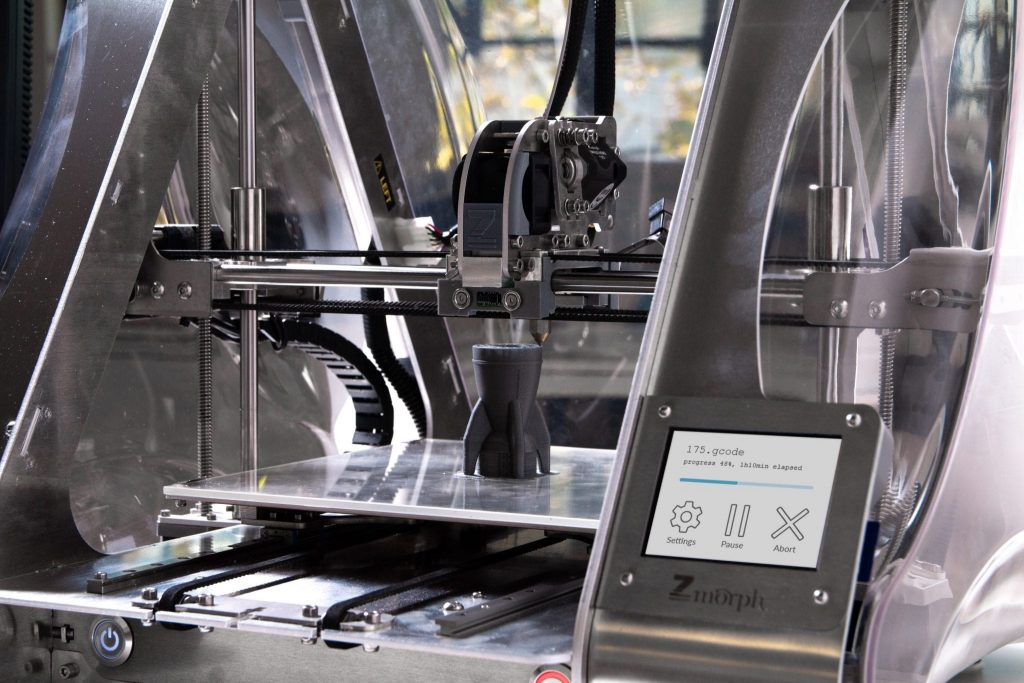
Technology is no longer a separate industry. What remains the same on the surface is revolutionizing inside: processes, approaches are changing and the importance of data is growing. One example is interior design.
Today, this niche is changing under the influence of 3D scanning, preparing for the era of 3D printing, and following the trend of responsible consumption.
What is changing in interior design
It’s not about style. It is not so important what to design – loft or art deco: in the XXI century, you need to rely on technology. Interior design, which has existed in various forms for millennia, is now keeping pace with the information age. And that’s what it means.
Today’s house, first of all, is smart. When designing the interior, you need to create a huge and harmonious mechanism, the number of active parts of which depends only on the wishes of the owner. You can robotize and connect to the hub almost everything: lighting, security systems, automatic shutters, numerous home robots.
The house must be managed from any point, and this requires planning. At the same time, the more manufacturability grows, the more important modularity becomes. Indispensable elements cannot be designed: what can be improved must be easily replaced.
For example, the architectural firm DUS has been designing commercial and residential spaces using 3D printing for several years. According to its experts, this is an ideal way to achieve unique visual solutions without complicating production. And the more affordable the equipment becomes, the better the chances of the technology becoming mass.
Today, people are concerned about what their home is made of and how it has affected the environment. This is evidenced by both the customers themselves and the net data: a study of the visual social network Pinterest, which has 320 million active users, shows a steady increase in interest in the issue of responsible design. The same theme is in the headlines of the best architectural curricula in the United States.
However, changes are usually seen not only by end-users. Interior design is changing from the inside – technology increases the accuracy and convenience for designers. The main engine of progress is 3D-scanning, which allows you to get the most complete and reliable data for processing.
What is 3D scanning and how it works
3D scanning – collection of spatial data. The procedure is performed using a laser scanner that performs millions of measurements. The device analyzes how the light of a certain frequency is reflected from the surrounding space and fix this.
The speed of light is a constant value. Therefore, the distance to the objects is calculated based on the time during which the light beam is reflected in the opposite direction. This emitter is called a LIDAR, it can be found in unmanned vehicles.
Modern construction scanners are accurate and productive, but the cost of professional equipment starts from $50- $60 thousand. Working with the device, the operator moves it indoors and receives the most complete set of data. The duration of the process depends on the area of the object. After completing the fieldwork, the final data are compiled using software (Autodesk, Bentley, AVEVA, Intergraph, Faro Scene) and create a realistic 3D model of the object.
Why laser scanning is important for interior design
Laser scanning is the most reliable way to measure the surrounding space. Measurements are as accurate as possible, the error does not exceed 1 mm.
Such complete and reliable data facilitate the work of an interior designer, especially when working in rooms with complex geometry. Author’s projects of apartments, bars, restaurants, coworking spaces, and offices – in the list of commercial and residential real estate. For example, designers can see the original problems of the object: height differences, irregularities, and other structural changes.
At the same time, the initial measurements always remain in the hands of the customer. The digital fingerprint of the object is securely fixed and allows you to get rid of clarifications and additional checks.
This practice has already become the norm in Europe and the United States – local companies are scanning both large facilities and individual apartments.
Picture Credit: Unsplash
